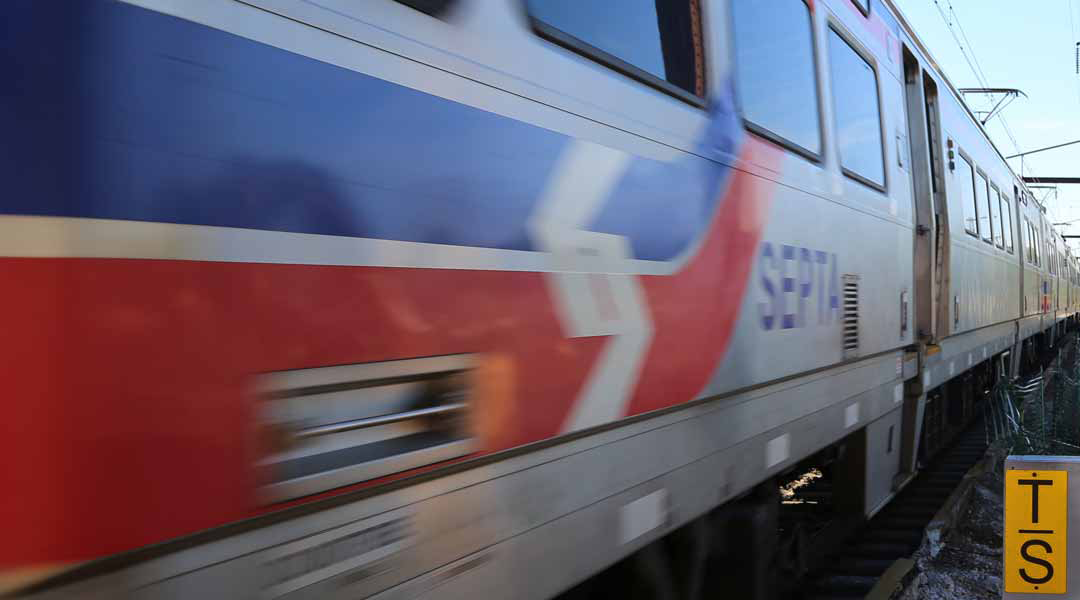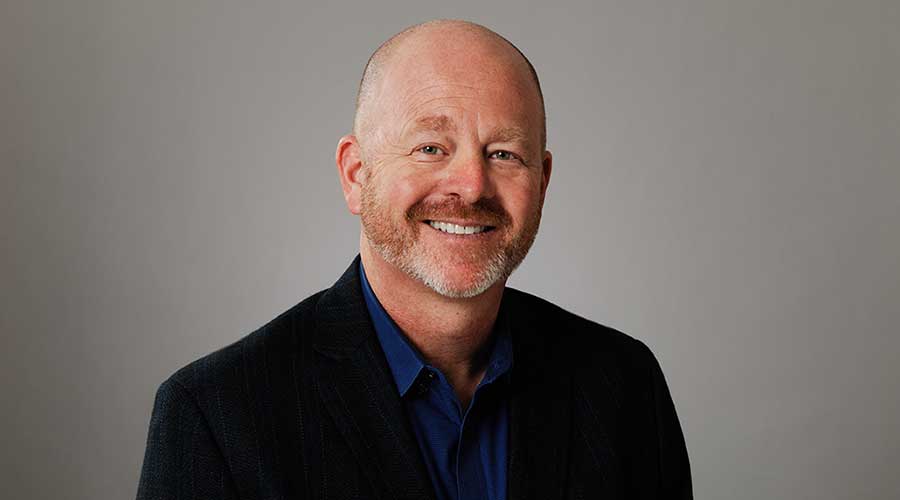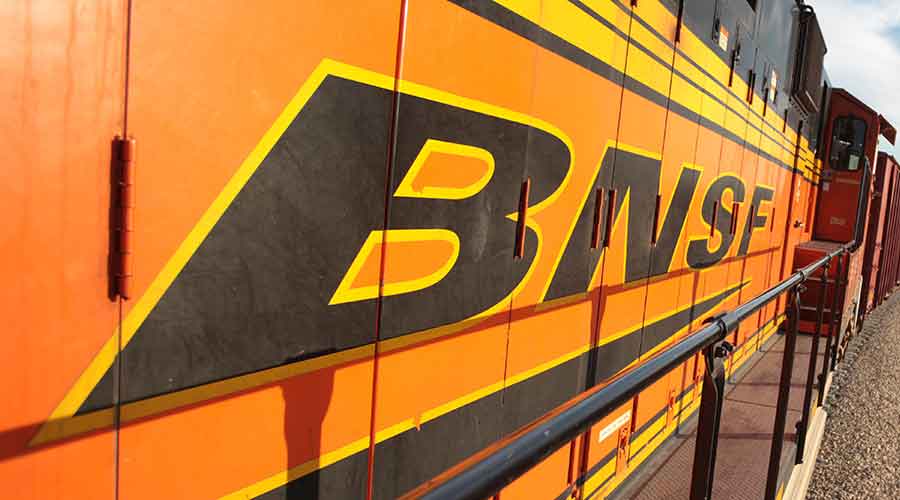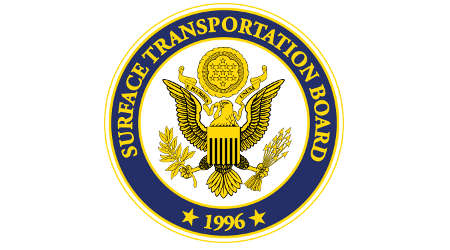Newsletter Sign Up
Stay updated on news, articles and information for the rail industry
Stay updated on news, articles and information for the rail industry
RAIL EMPLOYMENT & NOTICES
Rail News Home
Passenger Rail
Rail News: Passenger Rail
7/9/2009
Rail News: Passenger Rail
Ohio's '3C' corridor garners support; Midwest HSR association releases feasibility study on St. Louis-to-Chicago line
advertisement
Support is mounting for Ohio’s proposed “3C Corridor” high-speed rail plan, according to the Ohio Rail Development Commission (ORDC). Civic leaders and public officials from 122 communities across the state recently attended a public workshop, during which ORDC and the Ohio Department of Transportation (ODOT) provided an update on the project.
A federally designated high-speed rail corridor, the 3C Corridor would connect Cleveland, Columbus, Dayton and Cincinnati as part of the Chicago Hub Network. The corridor also would connect several Ohio cities to Chicago, Indianapolis, Pittsburgh, New York City and Washington D.C.
ORDC and ODOT are working with Amtrak, CSX Transportation and Norfolk Southern Railway to determine the corridor’s optimal route. The parties expect to issue recommendations later this summer. In fall, the U.S. Department of Transportation and Federal Railroad Administration will determine which states receive a share of the $8 billion in stimulus funds available for high-speed rail.
If the project obtains American Recovery and Reinvestment Act funding, the corridor could start up in 2011 and host trains operating at “conventional-speed service,” or 79 mph, ORDC said.
Meanwhile, the Midwest High Speed Rail Association (MHSRA) has released its first-ever feasibility study of a proposed 220 mph high-speed rail line that would connect St. Louis and Chicago. The study shows that a 112-minute trip between the cities is feasible, MHSRA said.
The study is a “big step” in building a case for 220-mph lines connecting all major Midwestern cities, according to the association.
A federally designated high-speed rail corridor, the 3C Corridor would connect Cleveland, Columbus, Dayton and Cincinnati as part of the Chicago Hub Network. The corridor also would connect several Ohio cities to Chicago, Indianapolis, Pittsburgh, New York City and Washington D.C.
ORDC and ODOT are working with Amtrak, CSX Transportation and Norfolk Southern Railway to determine the corridor’s optimal route. The parties expect to issue recommendations later this summer. In fall, the U.S. Department of Transportation and Federal Railroad Administration will determine which states receive a share of the $8 billion in stimulus funds available for high-speed rail.
If the project obtains American Recovery and Reinvestment Act funding, the corridor could start up in 2011 and host trains operating at “conventional-speed service,” or 79 mph, ORDC said.
Meanwhile, the Midwest High Speed Rail Association (MHSRA) has released its first-ever feasibility study of a proposed 220 mph high-speed rail line that would connect St. Louis and Chicago. The study shows that a 112-minute trip between the cities is feasible, MHSRA said.
The study is a “big step” in building a case for 220-mph lines connecting all major Midwestern cities, according to the association.


 2025 MOW Spending Report: Passenger-rail programs
2025 MOW Spending Report: Passenger-rail programs
 Gardner steps down as Amtrak CEO
Gardner steps down as Amtrak CEO
 Guest comment: Oliver Wyman’s David Hunt
Guest comment: Oliver Wyman’s David Hunt
 Women of Influence in Rail eBook
Women of Influence in Rail eBook
 railPrime
railPrime







